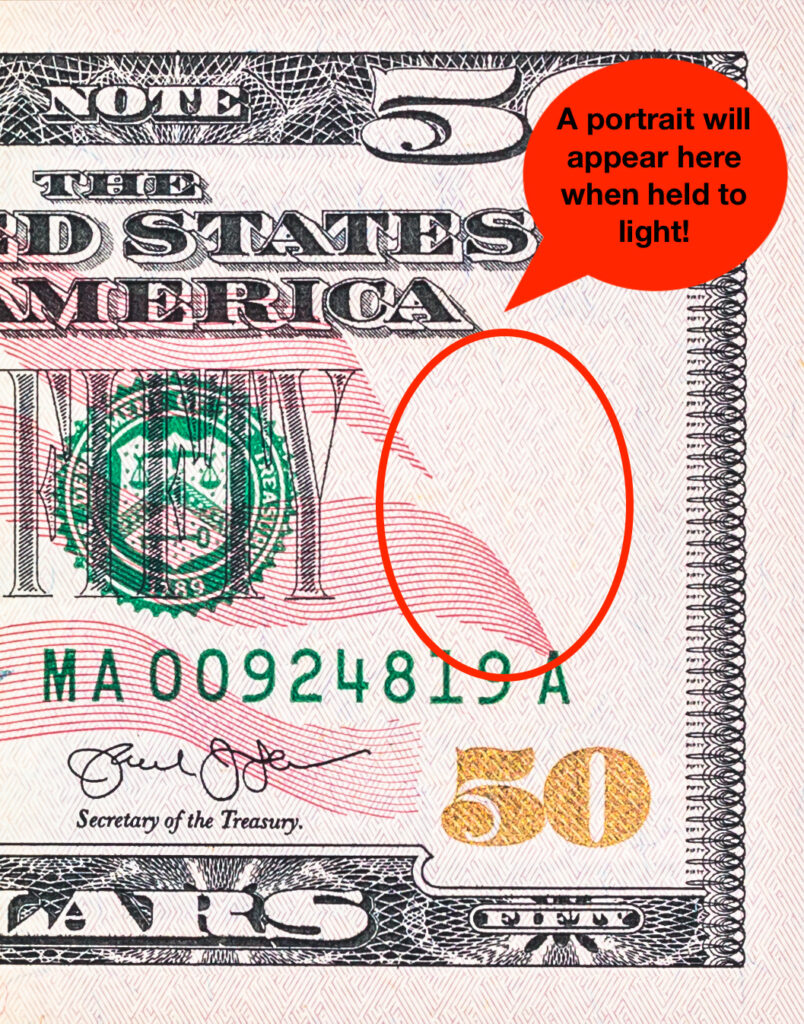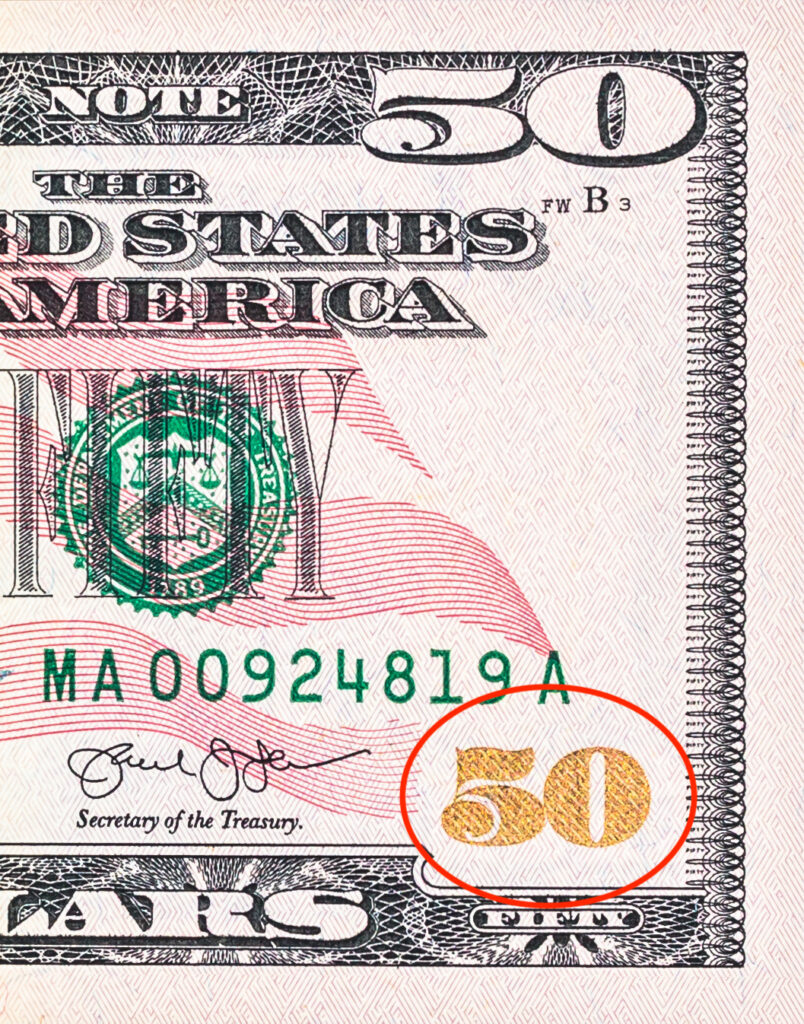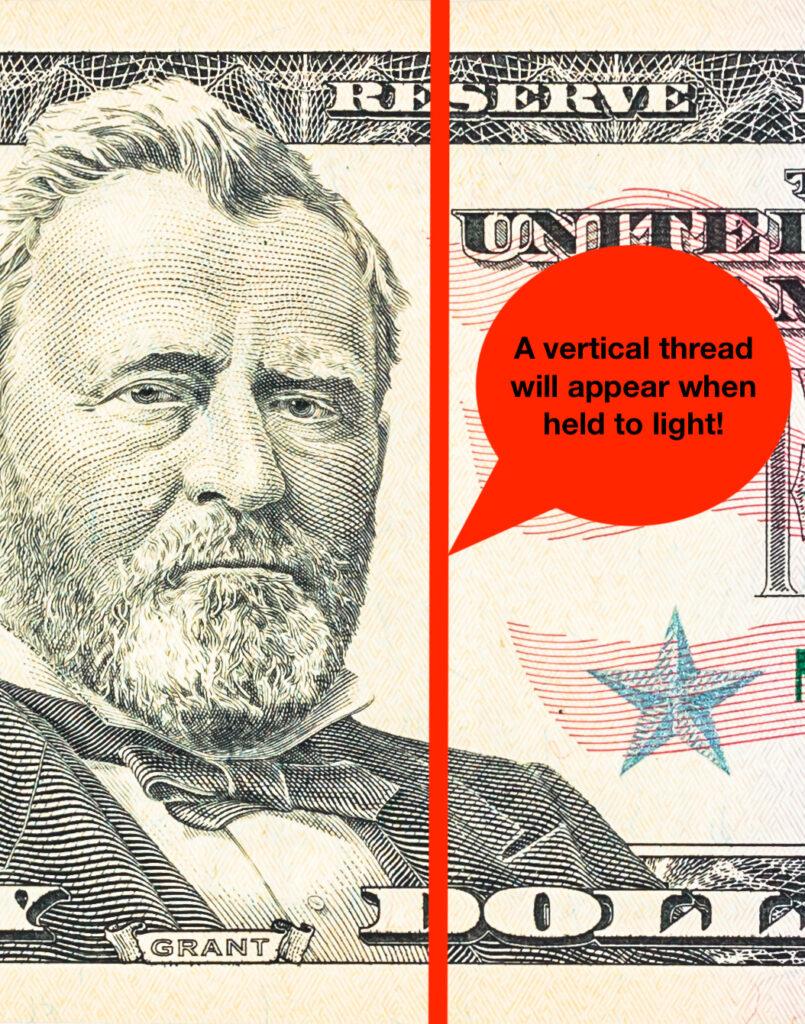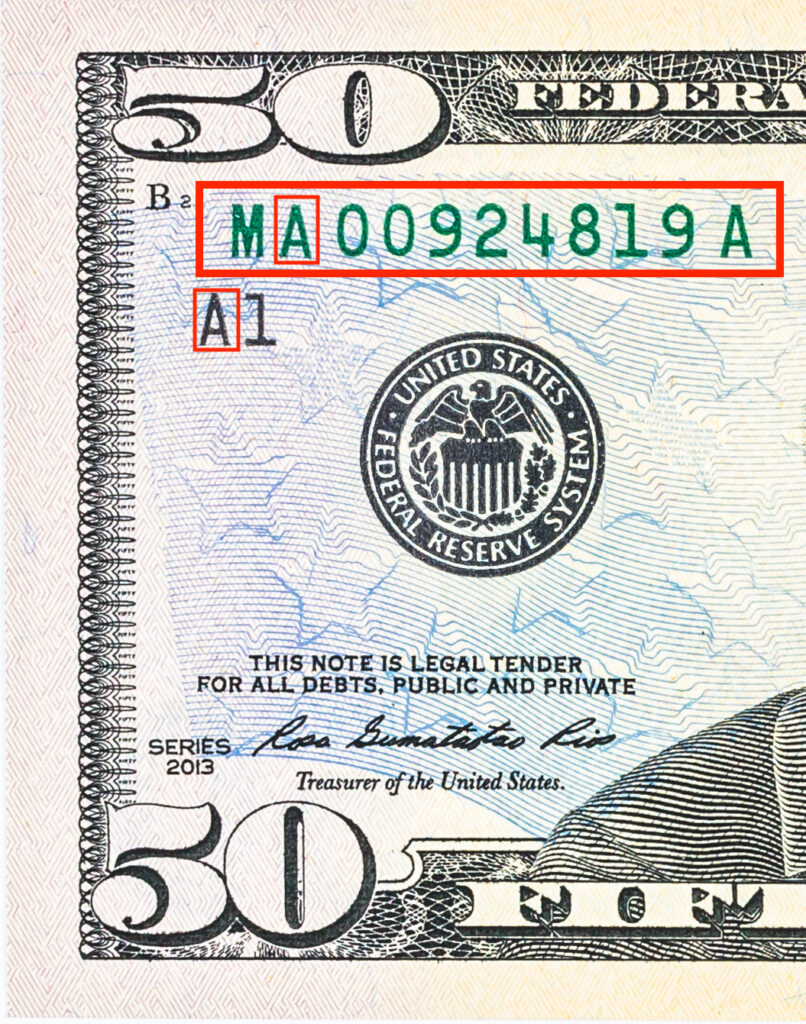Cash Isn’t King Anymore, but It’s Still in Circulation. Here Are a Few Tricks to Help Identify Counterfeit Money.
If you’ve never encountered fake bills in your tip pool, then consider yourself lucky. Nothing is worse than finding out your hard-earned money is useless because someone, whether intentionally or not, paid with counterfeit bills.
Sure, the pandemic has made cash handling less common, but that just benefits scammers everywhere! They want you to forget what hard cash looks like so you’re less likely to call out a fake when you see it.
In addition to those counterfeit-detection pens, knowing a second or third trick to identify fake money is vital.
Take it from someone who’s fallen victim to counterfeit money and ended up losing $100 in tips, you don’t want to wait till it happens to you before beginning to double-check larger bills.
Here are a few key indicators of real Federal Reserve Notes (aka cash money), according to the U.S. Secret Service. Knowing what should be there can help you spot the fakes.
Five Tips to Identify Counterfeit Money
Check the Watermark
Each dollar bill should have a watermark visible on either side of a note when held to the light. The watermark is usually another image of the president whose portrait is on the bill.

Fives are a bit different. Five dollar bills published in 2004 and onward have two watermarks to look for. On the left of Lincoln’s portrait, three fives should line up vertically. To the right, you’ll see a single large five. To see what that looks like, watch this short clip.
Test for Color-Shifting Ink
Color-shifting ink is that shiny, textural print on $10 and higher. You’ll see it used on the number in the lower right corner of the bill.

If you tilt this in the light, the ink will shift from copper to green or green to black, depending on the year it was printed.
Look for a Security Thread.
Every bill except $1 and $2 has a security thread embedded vertically within the paper. The security thread is invisible until held up to a light and includes the note’s denomination.

Each note’s security thread has a unique vertical positioning and glows a different color when held to UV light. If you want to get specific, you can memorize each bill’s location—but quickly checking it’s there should suffice!
Microprinting & Other Visual Cues.
Microprinting is tiny text hidden in the imagery of the bill. There is quite a bit of microprinting in our currency, but you don’t need to know where it all is.
Even if you familiarize yourself with microprinting in the 50s and 100s, you’ll be ahead of most people.

- On $100’s, you can find “THE UNITED STATES OF AMERICA” printed along Franklin’s collar, closest to the viewer.
- Similarly, $50’s have “THE UNITED STATES OF AMERICA” printed on Grant’s collar, closest to the viewer and as pictured above.
Additional visual cues include raised printing and blurry borders, printing, or text. In my case, the counterfeiter lightly drew on the watermark. So pay attention to some obvious cheap shots.
Review the Serial Numbers
Lastly, you can check out the serial number on the bills you’re handling to look for anomalies.
When looking for legit serial numbers, keep in mind that
- Serial numbers are a combination of 11 letters and numbers in total.
- The serial number is listed twice. For $5 or higher, this number is listed in the upper left and lower right corners.
- Below the serial number in the upper left corner of $5 and higher, you’ll see a letter and number. For example, E5. The starting letter always corresponds with the second letter of the serial number.

I understand that time is not on your side when working. Using the magic pen is quick and convenient—which is why it’s relied on. But, they only work to catch one trick (paper type) and can give false results.
Knowing one or two of the tricks above can be a quick and more accurate way to spot those fakes and get them out of circulation. To learn more, visit the U.S. Currency Education Program.


